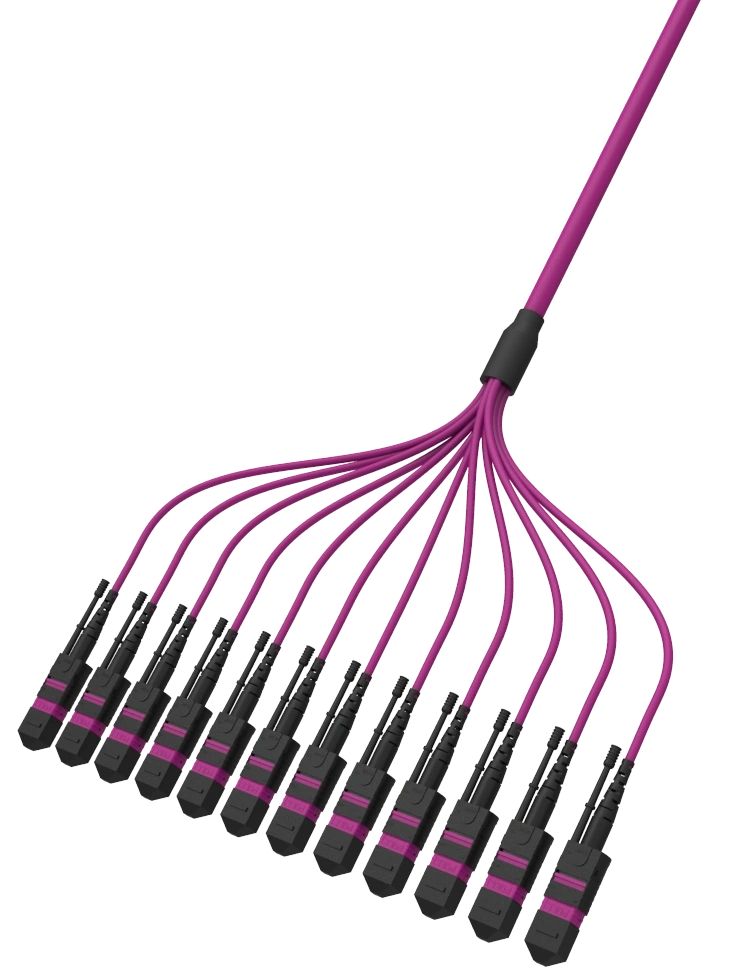Unveiling the Intricacies of Fiber Optic Sockets

The rapid evolution of telecommunications technology has led to the increasing prominence of fiber optic cables in transmitting data across vast distances, revolutionizing the field of communication. Alongside these cables, fiber optic sockets play a pivotal role in ensuring seamless connectivity and efficient data transfer. In this article, we will delve into the basic principles and working methods of fiber optic sockets, shedding light on their significance in contemporary communication systems.
Understanding the Basic Principles of Fiber Optic Sockets
Fiber optic sockets serve as crucial components in connecting and terminating fiber optic cables. The core principle behind these sockets lies in their ability to securely hold and align the fiber optic connectors, ensuring the precise transmission of data within the optical network. The sockets are designed to provide physical support and protection to the connectors while maintaining optical performance.
Typically, fiber optic sockets feature a structure consisting of a port or adapter and an alignment sleeve. The port serves as the connection point for the fiber optic connector, while the alignment sleeve ensures the accurate alignment of the connector within the socket. Additionally, the socket may include a latching mechanism or locking device to firmly hold the connector in place and prevent accidental disconnections.
The Working Methods of Fiber Optic Sockets
When it comes to the working methods of fiber optic sockets, the aim is to establish a stable connection between the transmitting and receiving devices. This connection is achieved through careful alignment and proper mating of the fiber optic connectors within the sockets.
The working process involves inserting the fiber optic connector into the socket's port or adapter, ensuring it engages securely. The alignment sleeve within the socket further facilitates precision alignment by centering and guiding the connector. Once the connectors are properly mated, the fiber optic sockets ensure low insertion loss, reduced reflection, and minimal signal degradation.
It is worth noting that fiber optic sockets come in various configurations, such as single-mode and multi-mode variants, catering to different fiber optic cable types and transmission requirements. These sockets may also incorporate additional features, including dust caps, shutter doors, and indicators, further enhancing their functionality and reliability.
Conclusion
In conclusion, fiber optic sockets are integral in establishing and maintaining reliable connections within optical networks. By adhering to the basic principles of securely holding and aligning connectors, these sockets enable efficient data transmission with minimal loss or disruption. Understanding the fundamental concepts and operational procedures of fiber optic sockets is crucial for professionals in the telecom industry and individuals seeking an insight into the intricacies of modern communication systems.



